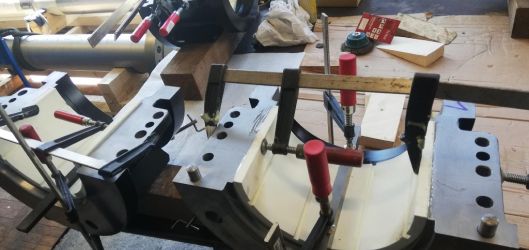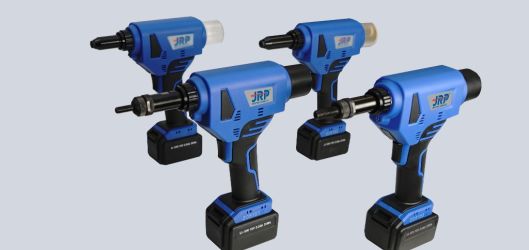
With the European Union’s plans to expand the capacity for wind power generated at sea to at least 60 gigawatts by 2030, Freudenberg Sealing Technologies aims to ensure that new wind turbines reach a service life of at least 30 years or more despite the rough conditions at sea with its sealing solutions for the foundation structures.
Wind turbines have to withstand the force of a hurricane throughout their service life and elements of the structure must be protected against the ingress of moisture – seals from Freudenberg Sealing Technologies are already handling this task in more than 800 offshore wind turbines.
The most important function is performed by a ring seal at the top of the pile: It encloses the interior part of the linking piece that supports the screw connection. In modern installations, this flange seal with the abbreviation MP-TP (monopile transition piece) can reach a diameter of eight to ten meters. Freudenberg Sealing Technologies has also offered this seal in a double version in recent years. The main advantage of the double-row design is the resulting redundancy, as Freudenberg expert Manuel Hille explains: “If minor damage occurs at one of the two seals during the transport or installation, the function is still ensured. In addition, this makes it possible to optimally combine different designs and materials with each other.”
In a conventional design, a gap remains between the lower end of the connecting piece and the pile. One or two ring seals interspersed with air chambers designed as elastic breakwaters ensure that no seawater can enter. On the other hand, if the gap is filled with cement, a ring seal can keep the cement in the desired position during the curing and later protect it against damage from saltwater. Maintenance platforms, which are often positioned above the water surface inside the monopile, can additionally be protected against ingress of gases with a specially designed seal. These kinds of gases may form due to biological seawater processes in the pile.
The standard lifespan for sea-based wind turbines has risen to 35 years, meaning extensive stress testing is required to ensure all parts can meet the tough requirements.
“80 percent of all currently projected marine wind farms are based on monopile technology,” estimates Marcel Schreiner, who oversees sales in the energy sector at Freudenberg Sealing Technologies. In the expert’s view, the trend towards ever larger systems – nominal capacities of 20 megawatts are under discussion for 2030 – also speaks in favor of paying particular attention to the service life when selecting components.



